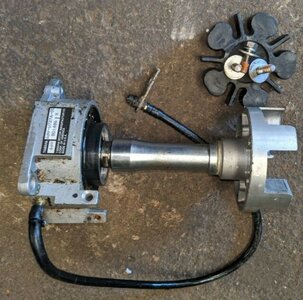- Location
- flroida
2008 Yamaha Waverunner deluxe. Here’s what I’ve done to it:
New Yamaha wear ring
New solas 14/20 dynafly (it is TIGHT; within spec for clearance on wear ring)
New solas intake grate
Filled the pump shoe with flex seal
Resealed ride plate, intake, etc
New fuel pump
New fuel injectors
New spark plugs
now the issue. When I pin this thing, it will almost immediately hit the rev limiter. From stop it will go for 1 second without it , but if I go WOT it will hit that rev limiter pretty much no matter how fast I’m going. Trim makes little difference. It seems like anything above 75 throttle it hits that limiter. I can do 45mph on it, and with the 75 throttle it gets good traction from what I can tell. I’m at a loss here! Where else can there be cavitation? Is this an engine issue?
New Yamaha wear ring
New solas 14/20 dynafly (it is TIGHT; within spec for clearance on wear ring)
New solas intake grate
Filled the pump shoe with flex seal
Resealed ride plate, intake, etc
New fuel pump
New fuel injectors
New spark plugs
now the issue. When I pin this thing, it will almost immediately hit the rev limiter. From stop it will go for 1 second without it , but if I go WOT it will hit that rev limiter pretty much no matter how fast I’m going. Trim makes little difference. It seems like anything above 75 throttle it hits that limiter. I can do 45mph on it, and with the 75 throttle it gets good traction from what I can tell. I’m at a loss here! Where else can there be cavitation? Is this an engine issue?


